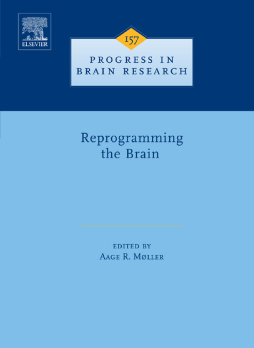
Additional Information
Book Details
Abstract
The brain is plastic and it can change its function to adapt to changing demands of various kinds. The brain can also re-organize and change its function to better utilize its resources when parts of the brain have been damaged through injuries and diseases. This means that the brain is not “hard wired but can be reprogrammed when needed. This book describes different aspects of how the plasticity can become activated and how it can benefit the individual person.
This book provides in-depth coverage of many important aspects of neural plasticity and how it applies to trauma, including strokes and disorders of the central nervous system that affect memory and cognition. The book also discusses how neural plasticity is involved in aphasia, pain and tinnitus. The roles of neural plasticity in motor rehabilitation and in adaptation to prostheses such as cochlear and cochlear nucleus implants are also topics of the book.
* Provides in-depth coverage of many important aspects of neural plasticity and how it applies to trauma, including strokes and disorders of the central nervous system that affect memory and cognition
* Discusses how neural plasticity is involved in aphasia, pain and tinnitus
* Explains the roles of neural plasticity in motor rehabilitation and prosthesis such as cochlear and cochlear nucleus implants
